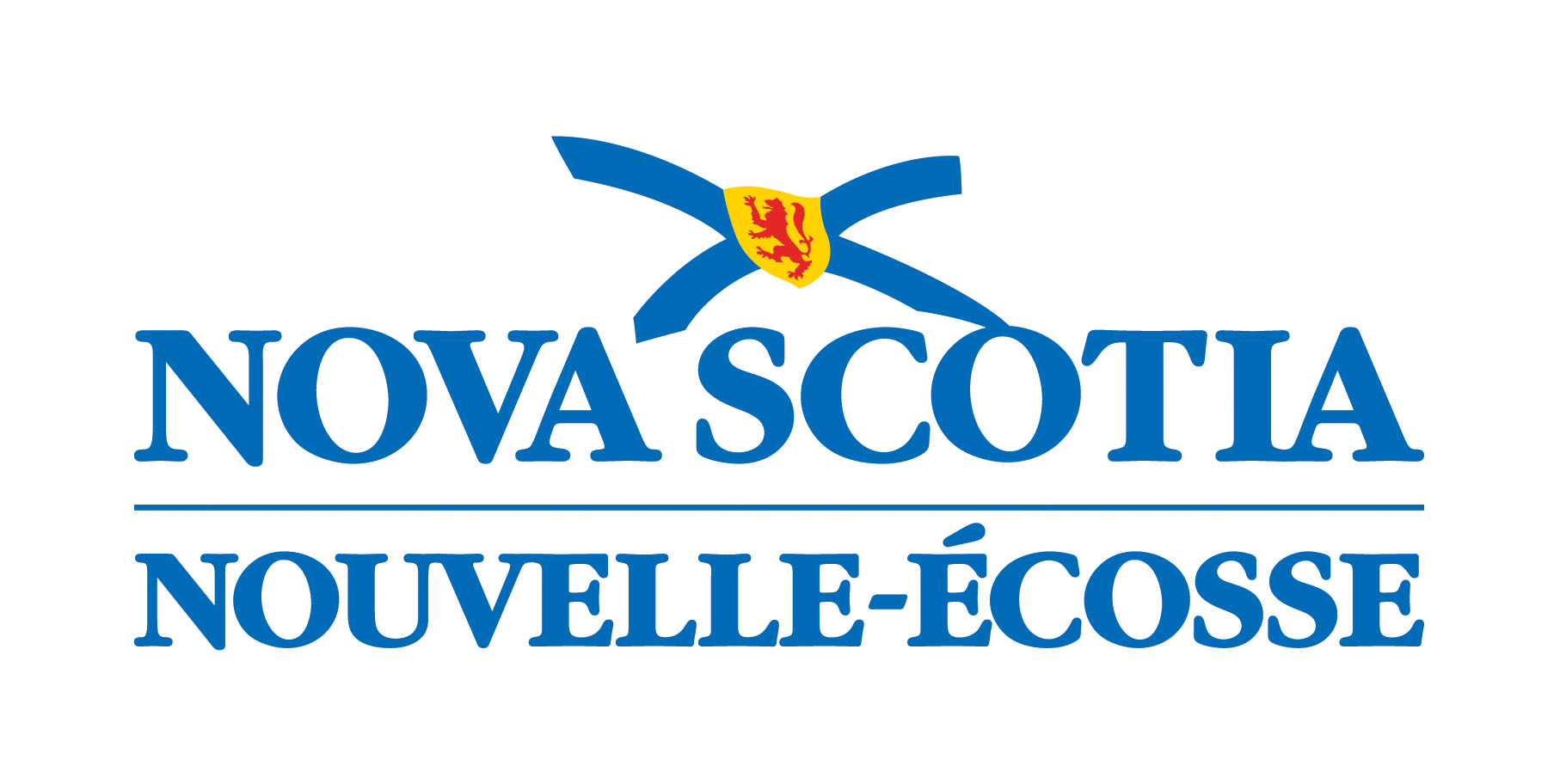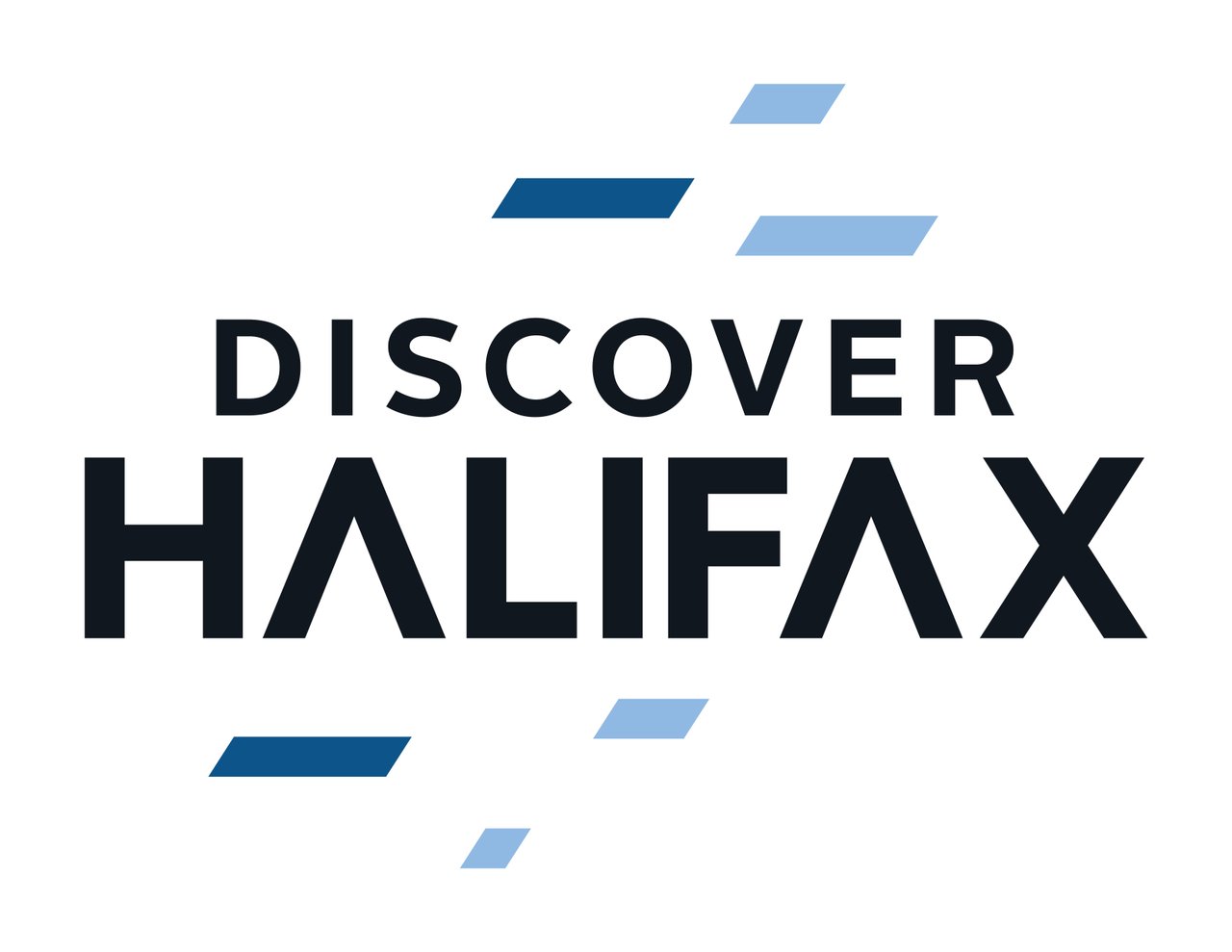

Guennadi Kroupnik
Satellite Earth Observation and the Government of Canada: Past Successes, Current Projects, and Future Priorities
View Abstract
Amidst growing interest from across society in leveraging the capabilities of satellite Earth observation (SEO), the Government of Canada’s (GC) activities in this area have expanded significantly in recent years. As the capabilities of remote sensing and satellite technologies advance and the impacts of climate change intensify, the prerogatives to explore and advance multiple avenues of SEO are clear. This keynote presentation will discuss the drivers of SEO activity while celebrating past and ongoing successes. The presentation will also outline the recent Government of Canada SEO Initiative, newly established SEO Office, and priorities moving forward.
View Bio
Guennadi Kroupnik, P. Eng, PMP Guennadi Kroupnik is the Director General of Space Utilization at the Canadian Space Agency (CSA). Mr. Kroupnik holds a Master of Engineering/Aerospace degree from Concordia University (Montreal), and the PMP certification by the Project Management Institute. He has over 30 years of engineering, functional, program, and executive management experience in the space sector. Mr. Kroupnik provided leadership and made a significant contribution to the success of R&D activities, development, launch and operations of complex space missions from highly innovative small- and microsatellites to the largescale constellations in Earth Observation, Space Situational Awareness, and satellite communications domains. In close collaboration with other government departments, international partners, and industrial teams Mr. Kroupnik has been leading development, deployment, and operations of the Radarsat Constellation Mission (RCM) – the flagship Earth Observation mission of the Canadian Space Program, and the Earth Observation Service Continuity initiative, currently re-branded as the Radarsat Plus, a follow-on to RCM. He, also, leads a portfolio of missions and activities in the domain of Earth Systems Science. In collaboration with his colleagues from ECCC and NRCan, Mr. Kroupnik contributed to development and works on implementation of the Canadian Satellite Earth Observation Strategy and Investment Roadmap. Mr. Kroupnik is internationally recognized expert in satellite matters. He has been invited to contribute to the activities of international bodies like Coordinating Committee on Meteorological Satellites (CGMS), Group on Earth Observation (GEO), and Expert Team on Satellite Matters (ET-SAT) of the World Meteorological Organization. He represented CSA on the Board of the International Charter on Space and Major Disasters, and is the Canadian EO Principal in the international Committee on Earth Observation Satellites (CEOS).

Robert Maher
Fifty years of GIS and Remote Sensing at COGS, the Centre of Geographic Sciences (1974-2024)
View Abstract
In the late ‘70’s, John Wightman was having conversations with Roger Tomlinson , Ray Boyle and CCRS scientists on the expansion of programs and the adoption of new digital technologies at the Nova Scotia Land Survey Institute (NSLSI). Subsequently, I was recruited in 1980 to teach Scientific Computer Programming (the language and the application). My background was Computer technology and Geographic Science. In 1986, NSLSI was renamed the College of Geographic Sciences (COGS). It included technical education in both GIS and Remote Sensing at the post-graduate diploma level. In 1989, the college was incorporated into the NSCC. It became the Centre of Geographic Sciences with a focus on programming and industry training. The author returned to COGS in 2000 to establish the Applied Geomatics Research Group (AGRG) along side Chris Hopkinson, Tim Webster, David Colville and others. He retired from COGS in 2011. This presentation can be divided into three parts: the history, the present and the future. Historically, the emphasis was on programming and the application of GIS and Image Analysis systems. There was a close relationship with Canadian technology companies: DIPIX, TYDAC and PCI, as well as Esri in California. Every graduate completed a capstone project in the final semester with either industry, government or an NGO. Today, the same philosophy applies. The difference is the availability of software and data sets online, also new sensors e.g. LiDar and drones. Educationally, with the establishment of AGRG, there is also a direct link to graduate work at Acadia University. Current COGS programs include graduate certificates in GIS, Remote Sensing and Geospatial Data Analytics. The future is likely best defined by a couple of links provided to the author, by Derek Weatherbe at Esri, and Michael Goodchild (emeritus professor at UCSB).
View Bio
Bob was born in West London, England. Completed his undergraduate degree at the University of Birmingham in Geography, minor in Mathematics. After a short stint with IBM UK, emigrated to Canada in 1969 for graduate work in Geography, at the University of Western Ontario (UWO). He completed M.Sc and Ph.d under the supervision of Professor Michael Goodchild. His research interests were Biogeography and Quantitative Methods. His first teaching position was in the Department of Geography, Memorial University of Newfoundland (MUN). He joined the Nova Scotia Land Survey Institute (NSLSI) in 1980 to teach Scientific Computer Programming (SCP). He held the position, Head, Department of Computer Programming. This included SCP, Business Computer Programming (BCP), GIS, Remote Sensing, Computer Graphics and Business Geographics. He joined Esri, Redlands in 1989. Subsequently, he worked for the Ontario Ministry of Natural Resources (OMNR) and Royal Roads University. Bob returned to NSLSI (now the College of Geographic Sciences (COGS) as Senior Research Scientist, Applied Geomatics Research Group (AGRG) 2000-2011. Bob maintains his interest in local Geography, and the application of GIS and Remote Sensing technologies. He lives in Paradise, Annapolis County with his wife, Heather Stewart. Bob was awarded the Esri Canada Roger Tomlinson Lifetime Achievement award in 2021. He writes a blog at ernestblairexperiment.wordpress.com.

Nikki Tulley
Two paths becoming one: An Indigenous perspective on Earth Observation
View Abstract
Earth Observation (EO) is a strong long-lasting practice in Indigenous Communities. Ms. Nikki Tulley is an Indigenous scientist from the Navajo Nation, an Indigenous Nation located in the United States’ southwest region. She has woven her understanding of EO in Indigenous knowledge and western science together that she now uses in her work with NASA’s Indigenous Peoples Initiative (IPI). In this presentation, she will outline the connections she has made between multiple knowledge systems that have aided in EO capacity building with Indigenous communities. She will share a collection of stories about lessons learned with EO community capacity building, the importance of co-development and collaboration with Indigenous communities, the opportunities that are expanded with interagency partnerships such as those within the United States and across Turtle Island with the Canadian Space Agency (CSA), and examples of ways to support long-standing EO relationships with Indigenous communities.
View Bio
Nikki Tulley is a member of the Navajo Nation, an Indigenous Nation located in the United States southwest. She is an Assistant Research Scientist with BAERI/NASA Ames Research Center and is an Associate Program Manager with the Equity & Environmental Justice Program with Earth Science Division’s Applied Sciences Program. The work and research Nikki does is highly influenced by her upbringing. Born and raised on the Navajo Nation Reservation, she has seen firsthand the impacts of water access and water quality challenges rural communities face leading to her becoming a scientist. Now, as an Indigenous Scientist, she recognizes opportunities to braid traditional ecological knowledge and western science together to empower communities through collaborative efforts in the area of Earth observations (EO). As a team member of NASA’s Indigenous Peoples Initiative, she works to foster ethical and culturally relevant space for the use of EO in Indigenous communities. Nikki holds a passion to empower communities through data access and capacity building. She believes that community involvement in research can significantly aid in seeking solutions for resilient and sustainable communities. Nikki holds Master’s and Bachelor’s degrees in Water Resource Management from the University of New Mexico and is currently a Ph.D. candidate at the University of Arizona in the Department of Environmental Science.

Ewelina Rupnik
Photogrammetry with historical photography
View Abstract
Technological advances in the 20th century enabled many countries to systematically collect aerial photographs of their territories. Over the past decade, these rich image collections have been digitized and made public. Because these photographs were often acquired in stereo mode at high spatial resolution, they can be used in 3D modeling and 3D change detection over time.
However, despite their merits, historical imagery remains underexploited in spatial analysis and research. This is often due to the poor quality of the archived analogue films and the lack of automated processing methods. In this talk, I will present our experiences in processing historical photography. The first part will focus on aerial cases, and in the second part I will discuss historical satellite sensors, notably the Corona KH-H satellite. Results from three case-studies, on landslide, earthquake and glaciar volume mapping, will also be presented.
View Bio
Ewelina Rupnik was awarded a PhD in photogrammetry from the Vienna University of Technology in 2015, and holds an undergraduate degree in engineering and a masters degree in geodesy and cartography from AGH University of Science, Poland. Since 2017, she has held a researcher position at the Laboratory on Geographic Information Science (LaSTIG) at the French National Institute of Geographic and Forest Information (IGN). She is also an associate researcher at the Paris Institute of Earth Physics (IPGP).
Ewelina serves as the Editor-in-Chief of the French Journal for Photogrammetry and Remote Sensing, and co-chair of the ISPRS working group on Image Orientation and Sensor Fusion. Her research interests are in pose estimation and image-based 3D reconstruction. She advocates for open-source solutions in photogrammetry as an active member of the open-source MicMac project. More information at erupnik.github.io





